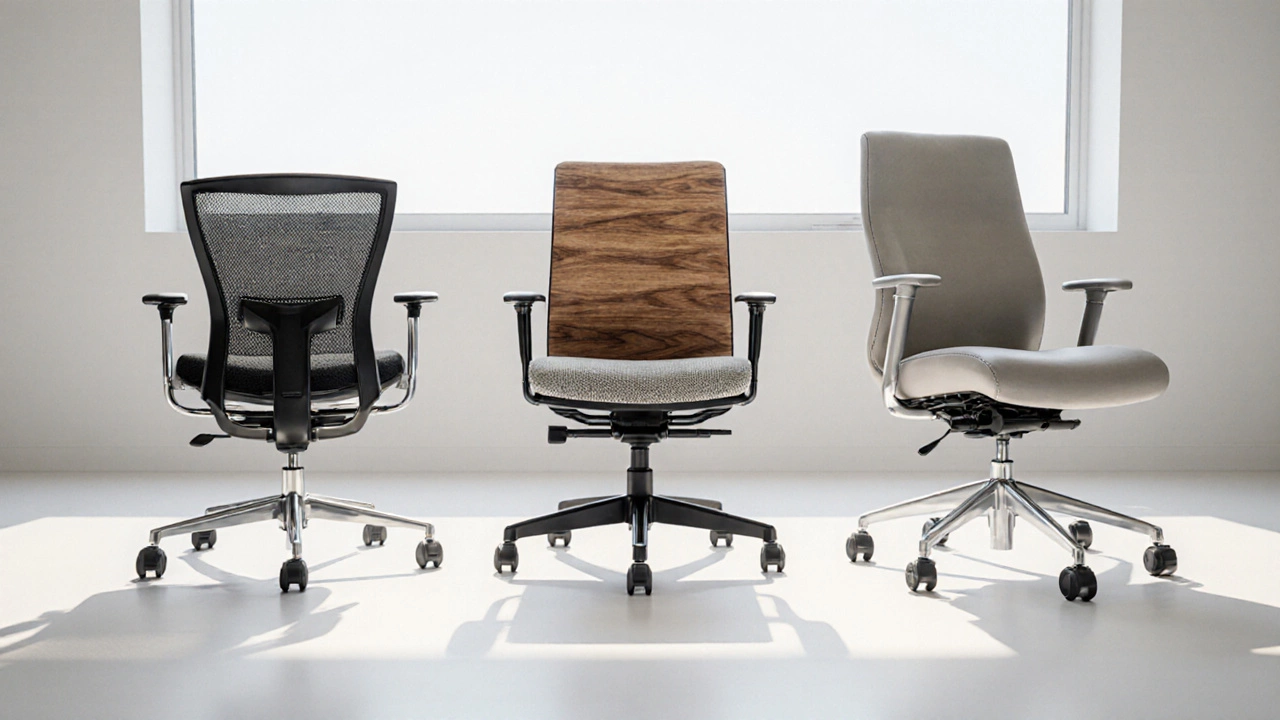Office Furniture Maintenance: Keep Your Workspace Working
When working with office furniture maintenance, the set of practices that keep desks, chairs, and storage pieces functional and looking good. Also known as workplace furniture care, it saves money and boosts productivity.
One of the biggest game‑changers is a good ergonomic office chair, a seat designed to support posture during long work hours. When you pair that with a standing desk, adjustable work surface that lets you switch between sitting and standing, you’re already tackling two major wear points. office furniture maintenance isn’t just about looks; it directly influences health, focus, and the lifespan of each piece.
Why Maintenance Matters
Office furniture maintenance includes regular cleaning, timely repairs, and preventive adjustments. Think of it as a health check‑up for your workspace: dust off surfaces, tighten loose screws, and re‑apply finish on wooden desks. This routine prevents small issues from turning into costly replacements. For wooden worktops, using a weather‑resistant finish safeguards against humidity and spills, a simple step that extends life by years.
Effective maintenance requires the right furniture repair tools, items like screwdrivers, wood filler, and fabric protectors. With those tools on hand, you can fix a wobbly chair leg before it becomes a safety hazard, or patch a scratched tabletop before the damage spreads. The habit of tackling minor fixes instantly saves you the headache of bigger repairs later.
Another key piece is a proper cleaning schedule. Microfiber cloths and mild cleaners keep surfaces free of grime without harming finishes. Upholstered chairs benefit from fabric protectors that repel stains and reduce wear. By following a consistent cleaning rhythm, you keep the furniture looking fresh and maintain material integrity.
Maintenance also ties directly to workplace productivity. A squeaky chair or sticky drawer can distract employees and lower morale. When everything slides smoothly, you reduce irritations and keep focus where it belongs – on the task at hand. Studies from office ergonomics firms show that well‑maintained furniture can boost perceived comfort by up to 30%.
Don’t overlook the role of layout. Arranging desks to allow easy movement reduces stress on wheels and casters, extending their lifespan. Similarly, positioning a standing desk near power outlets avoids unnecessary strain on cables. Smart placement is a subtle form of maintenance that pays off in durability.
Finally, keep an eye on emerging trends. New ergonomic chairs now feature breathable mesh and modular parts that are easier to replace. Staying informed lets you adopt upgrades that simplify upkeep and improve comfort. Watching the market for these innovations can turn maintenance from a chore into a chance to enhance your office environment.
Below you’ll find a curated set of guides that walk you through specific tasks – from polishing hardwood desks to choosing the right chair for long‑hour work. Each article breaks down the steps, tools, and tips you need to keep your office furniture in peak condition.
How Long Should a Good Office Chair Last? A Practical Guide
Discover how many years a quality office chair should last, what affects its durability, maintenance tips, warranty insights, and when to replace it.
More
